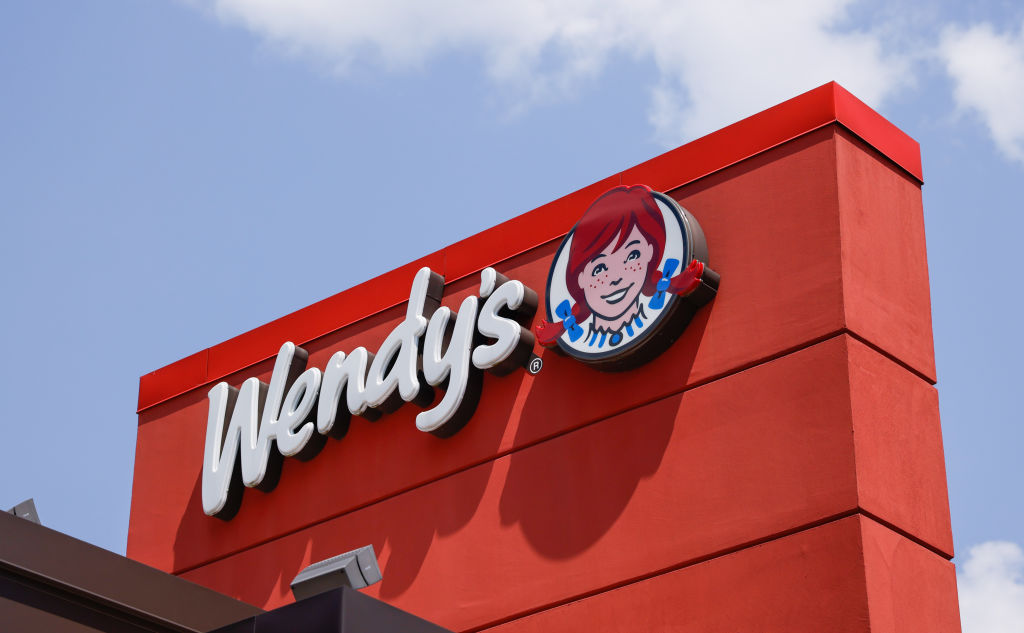
How much your burger costs you might soon depend on when you’re hungry.
In a recent earnings call, Wendy's, the second-largest fast food joint in the U.S., shared that it will soon begin piloting a “dynamic pricing” model, in which prices will fluctuate throughout the day depending on demand.
In an earnings call on Feb. 15th, Wendy’s CEO Kirk Tanner said the chain will test “more enhanced features like dynamic pricing and day-part offerings along with AI-enabled menu changes and suggestive selling.” The change is expected to take effect in 2025 and is part of a $20 million investment in new digital menu boards that will enable the company to change prices depending on demand.
Experts predict other major brands may make similar changes. “Well implemented dynamic pricing will be here to stay and will be the new normal,” says John Zhang, professor of marketing at the University of Pennsylvania.
Wendy’s isn’t the first major food and beverage corporation to pilot a similar initiative. McDonalds has experimented with dynamic pricing in certain locations, and Coca Cola is trialing dynamic pricing vending machines in Japan.
While the practice is drawing criticism among some disgruntled customers, price surging has already been in practice across industries— even if it’s not always visible to consumers. The airline industry has long implemented dynamic pricing, with prices fluctuating based on when passengers book or what route they choose. A 2016 study found that the price of a Nikon camera on Amazon changed drastically within just a few hours. Consumers may be familiar with the practice from Uber's surge pricing. More and more businesses are adopting electronic shelf labels that can adjust prices depending on demand and stock levels.
Both businesses and consumers stand to gain from dynamic pricing, Wendy's and experts argue. A less flexible consumer might be willing to pay a higher price to immediately get a product, while someone who is more price conscious might wait for a deal. And the move can help retailers better manage traffic throughout the day, leading to more manageable conditions for workers and better service for customers: “You can iron out the surge in demand and use the surge price to deal with [it],” says Zhang.
"Wendy’s has always been about providing high quality food at a great value to our customers and this recent investment will continue that by driving traffic and providing value during slower parts of the day," a Wendy's spokesperson tells TIME in a statement. "As early as 2025, we plan to test a number of features such as AI-enabled menu changes and suggestive selling based on factors such as weather that we think will provide great value and an improved customer and crew experience."
Still, surge pricing may face particular resistance in the fast food industry, which is known for its speed and low prices. “People want to eat at a time that they want to eat,” Zhang says. “Customers are just going to go somewhere else.”
More Must-Reads From TIME
- The 100 Most Influential People of 2024
- How Far Trump Would Go
- Scenes From Pro-Palestinian Encampments Across U.S. Universities
- Saving Seconds Is Better Than Hours
- Why Your Breakfast Should Start with a Vegetable
- 6 Compliments That Land Every Time
- Welcome to the Golden Age of Ryan Gosling
- Want Weekly Recs on What to Watch, Read, and More? Sign Up for Worth Your Time
Write to Simmone Shah at simmone.shah@time.com